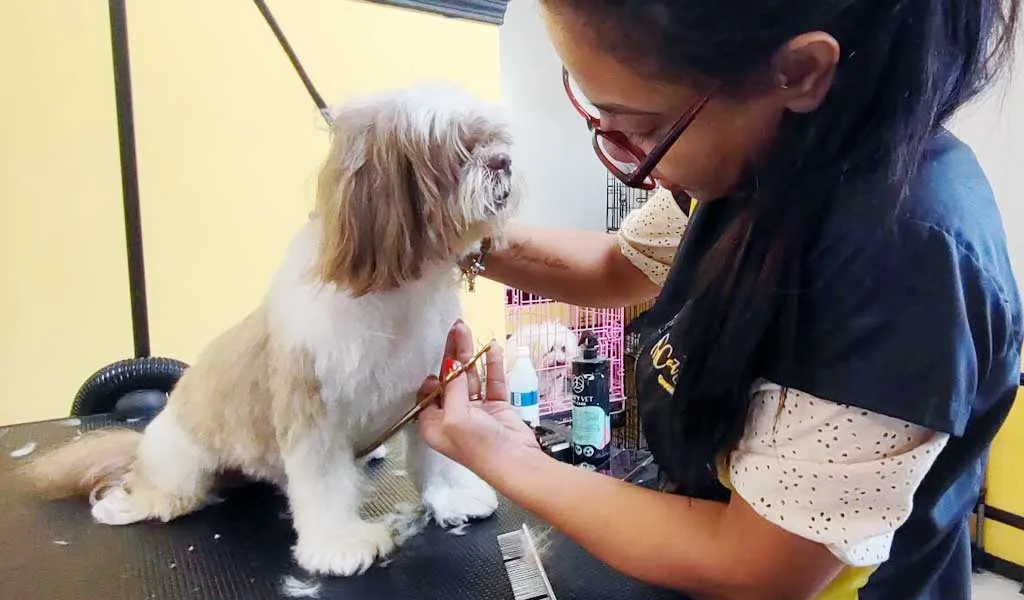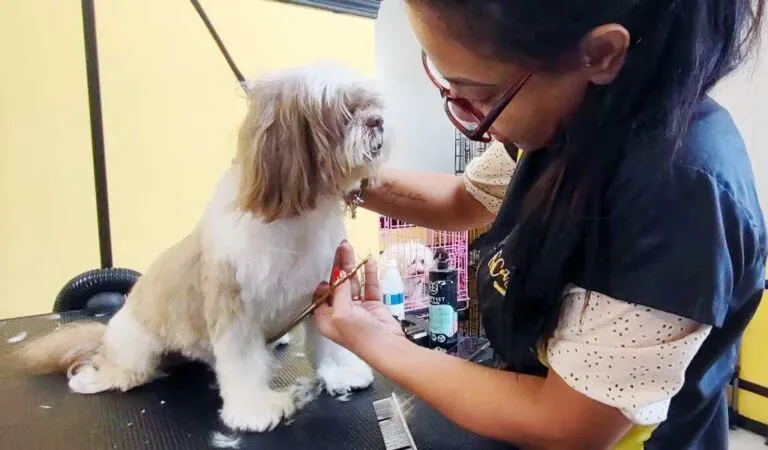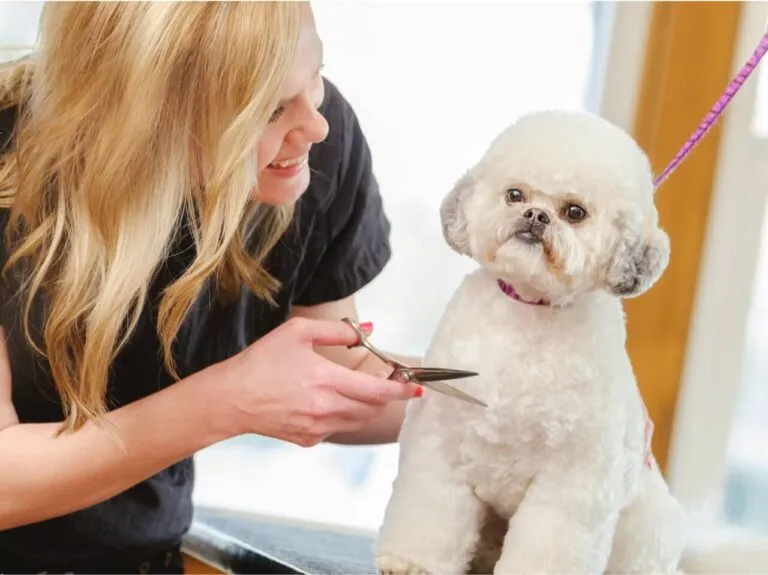Proper grooming is essential not only for maintaining your dog’s appearance but also for ensuring their overall health and comfort. The required frequency and type of grooming depend on a variety of factors including the breed’s specific needs, coat type, and the dog’s individual lifestyle and environment. At our premier location in Lowell, we recognize the uniqueness of each pet and offer customized grooming solutions to address their particular needs. For professional grooming tailored specifically for your pet’s health and happiness, consider visiting our expert grooming services in Lowell. Here, we commit to providing each dog with the personal care and attention that they deserve.
Understanding Dog Grooming
Grooming is vital not only for keeping your dog looking great but also for their overall well-being. Regular grooming sessions can help prevent common health problems such as excessive shedding, skin and paw disorders, and matting of the fur.
What Does Normal Grooming Include?
- Bathing: Helps in maintaining a clean and healthy coat and skin. Frequent baths are essential, especially if your dog spends a lot of time outdoors. Learn more about our bathing services.
- Hair Trimming: Critical for breeds with long hair to prevent tangles and keep the coat short and clean.
- Nail Trimming: Necessary for maintaining good paw health and posture. Check out our nail trimming services.
- Ear Cleaning: Important for preventing infections, especially in breeds with floppy ears.
Detailed Factors Determining Grooming Needs
Breed and Coat Type
The grooming needs vary significantly across different breeds:
- Long-haired breeds like Poodles or Shih Tzus require frequent professional grooming to prevent matting and maintain coat health.
- Short-haired breeds may need less frequent grooming but regular brushing to keep the coat shiny and healthy.
Dog’s Activity Level and Environment
- Active and Outdoor Dogs: Dogs that play outside regularly or live in rural areas might need more frequent grooming to manage tangles, burrs, and mud.
- Indoor Dogs: Less exposed to dirt and thus may require less frequent grooming sessions.
Health and Age Considerations
- Puppies and Senior Dogs: Both may have special grooming needs. Puppies might require gentle grooming as part of their training and socialization, whereas senior dogs might need more careful handling due to potential health issues.
How to Choose the Right Grooming Schedule for Your Dog?
- Consult with Professionals: Always a good first step to discuss your dog’s specific grooming needs. Professionals can offer tailored advice that considers your dog’s breed, health, and lifestyle. Visit CatDog Grooming Salon for expert advice.
- Observe Your Dog’s Needs: You know your dog best. Regularly check their coat, skin, nails, and ears for signs that might indicate the need for grooming.
- Consider Your Lifestyle: Your routine and how often your dog gets dirty can dictate the frequency of grooming sessions.
Signs of Over or Under-Grooming
- Over-Grooming: Look out for signs of irritation, like redness or hair loss, which can be caused by too frequent washing or using harsh products.
- Under-Grooming: Signs include a dull coat, bad odors, or matting, indicating that it’s time for a grooming session.
Enhancing Your Dog’s Grooming Experience
- Positive Reinforcement: Use treats and praise to make grooming a more enjoyable experience.
- Gradual Acclimation: Especially important for young or nervous dogs. Introduce grooming slowly and in a positive way.
Regular grooming is essential for keeping your dog healthy and happy. Adjust the frequency and type of grooming based on your dog’s specific needs and lifestyle. For personalized grooming services and advice, the professionals at CatDog Grooming Salon in Lowell are always here to help.
For further reading on dog grooming and care, websites like American Kennel Club and PetMD offer extensive resources and tips.



